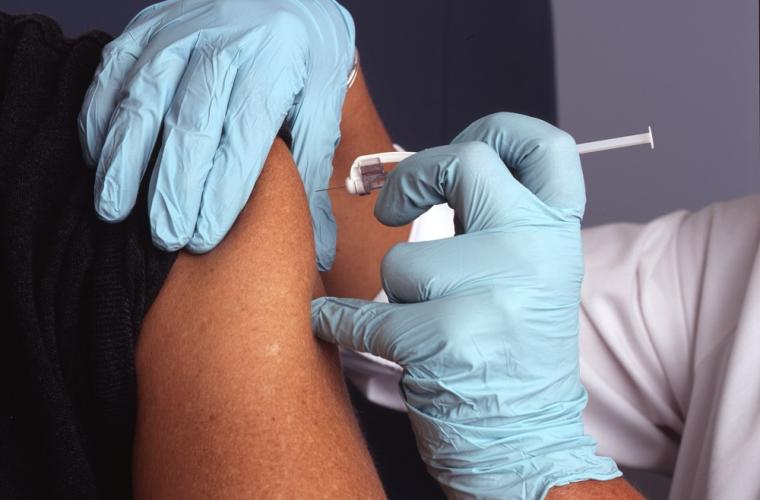The LGA said the Government and NHS must utilise the knowledge and experience of directors of public health when it comes to distributing a potential COVID-19 vaccine.
Millions more people could safely and swiftly be protected against coronavirus if councils are able to act shoulder-to-shoulder with the NHS in the distribution of a vaccine, the Local Government Association sets out today.
GPs are initially expected to provide at least one million doses of the vaccine when available each week across 1,500 practices and drive-through centres, a huge logistical task which councils can support and expand upon. The LGA said this will be too big a task for the NHS to do on its own.
The LGA said civic centres, sports halls, libraries, athletic stadiums, car parks and other council-owned facilities could be brought into rapid use alongside mobile testing units, to support the health service and GP surgeries in making sure as many residents as possible are immunised.
The LGA, which represents councils across the country, says the pandemic has demonstrated the crucial value of local knowledge, supported by national coordination and resources, during this unprecedented health crisis, when many local services have had to be rapidly scaled up at short notice or new ones created.
This includes making use of community hubs, organising volunteers, introducing helplines, coordinating shielding for Clinically Extremely Vulnerable people, as well as bringing together emergency planning, health protection and other community support systems such as working with schools, colleges, places of worship and businesses.
Councils across the country also already have an excellent track record of building up and strengthening existing national programmes, such as setting up local contact tracing partnerships to complement NHS Test and Trace, while also helping with the distribution and supply of PPE, using their unique local knowledge, insight and relationships to deliver results on the ground fast.
The LGA said the Government and NHS must utilise the knowledge and experience of directors of public health when it comes to distributing a potential COVID-19 vaccine.
Health visitors, school nurses, occupational health teams alongside other public health workers employed or commissioned by councils can also help administer the vaccine when available, in line with the Government’s proposed prioritisation including vulnerable people and older adults in care homes.
Care workers, charities and community groups could also receive training to work alongside existing public health and primary care staff to better target vulnerable groups who may be missed by national vaccination efforts, such as street homeless and people with mental health or learning disabilities.
Councils could also help bridge the digital divide for those in their communities who may not be able to access an online booking system or able to plan an appointment for a vaccine, such as calling them or visiting them in person.
Cllr Ian Hudspeth, Chairman of the LGA’s Community Wellbeing Board, said:
“Rolling out a vaccine to tens of millions of people will be a monumental task as we look to save lives and hopefully bring about an eventual return to our normal way of life.
“The Government and NHS must start working closely with councils’ directors of public health now so they can help co-ordinate the roll-out and use their local knowledge and expertise to ensure residents can be immunised as quickly as possible. This will be too big a task for the NHS to do on its own.
“Putting councils shoulder-to-shoulder with the NHS on the vaccination drive, with the right resources and flexibilities, is vital to ensuring that those prioritised can receive a vaccine safely, before focusing on the wider population including hard-to-reach groups.
“Just as with contact tracing, councils’ unique relationship with their residents mean they are best placed to make sure as many as possible can receive a potentially life-saving vaccination. Vulnerable people, older adults and health and care workers who have been prioritised by government are more likely to quickly receive these vital doses with encouragement from trusted local leaders, through their local public health teams, who know best how to reach them.”

